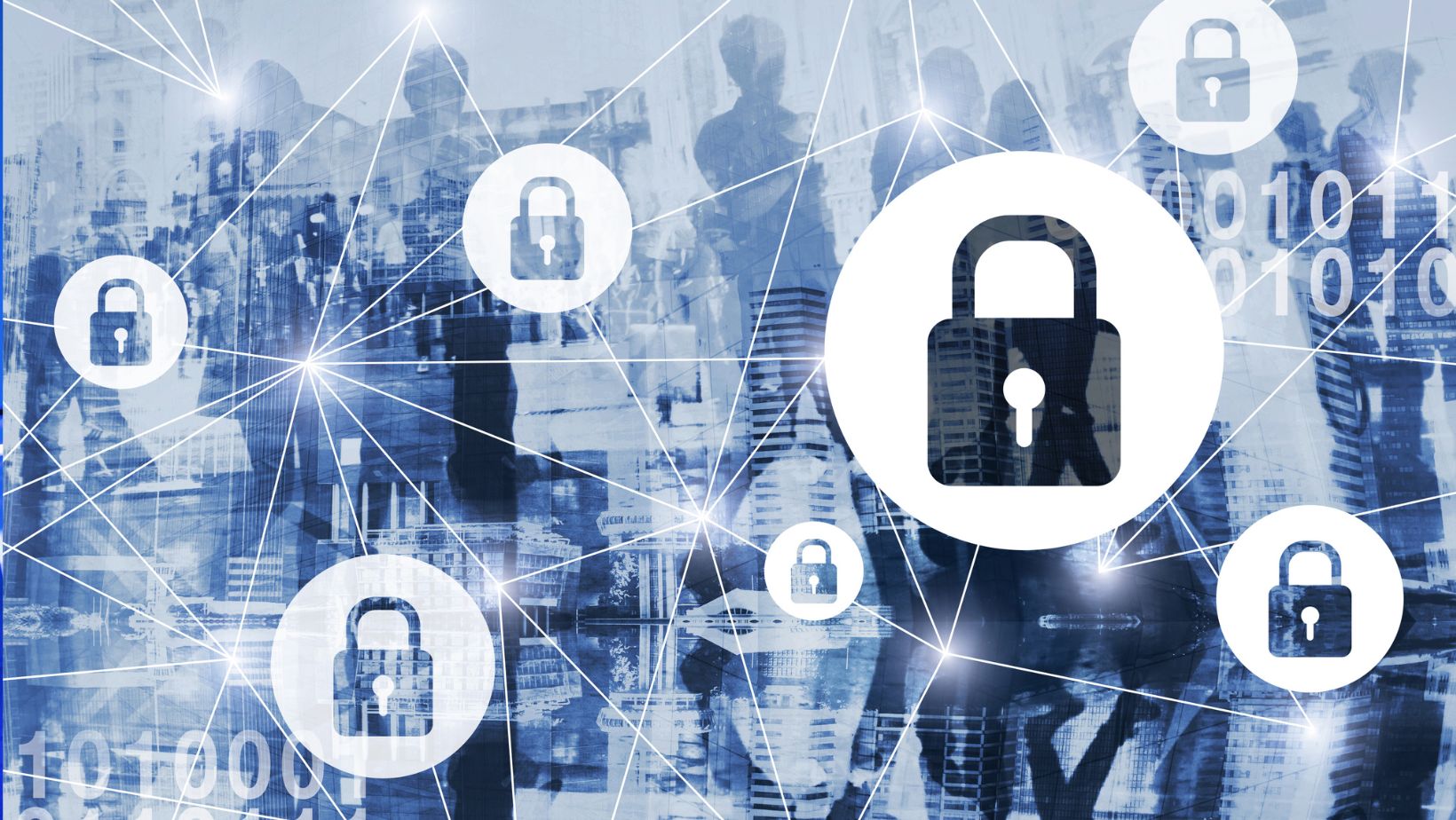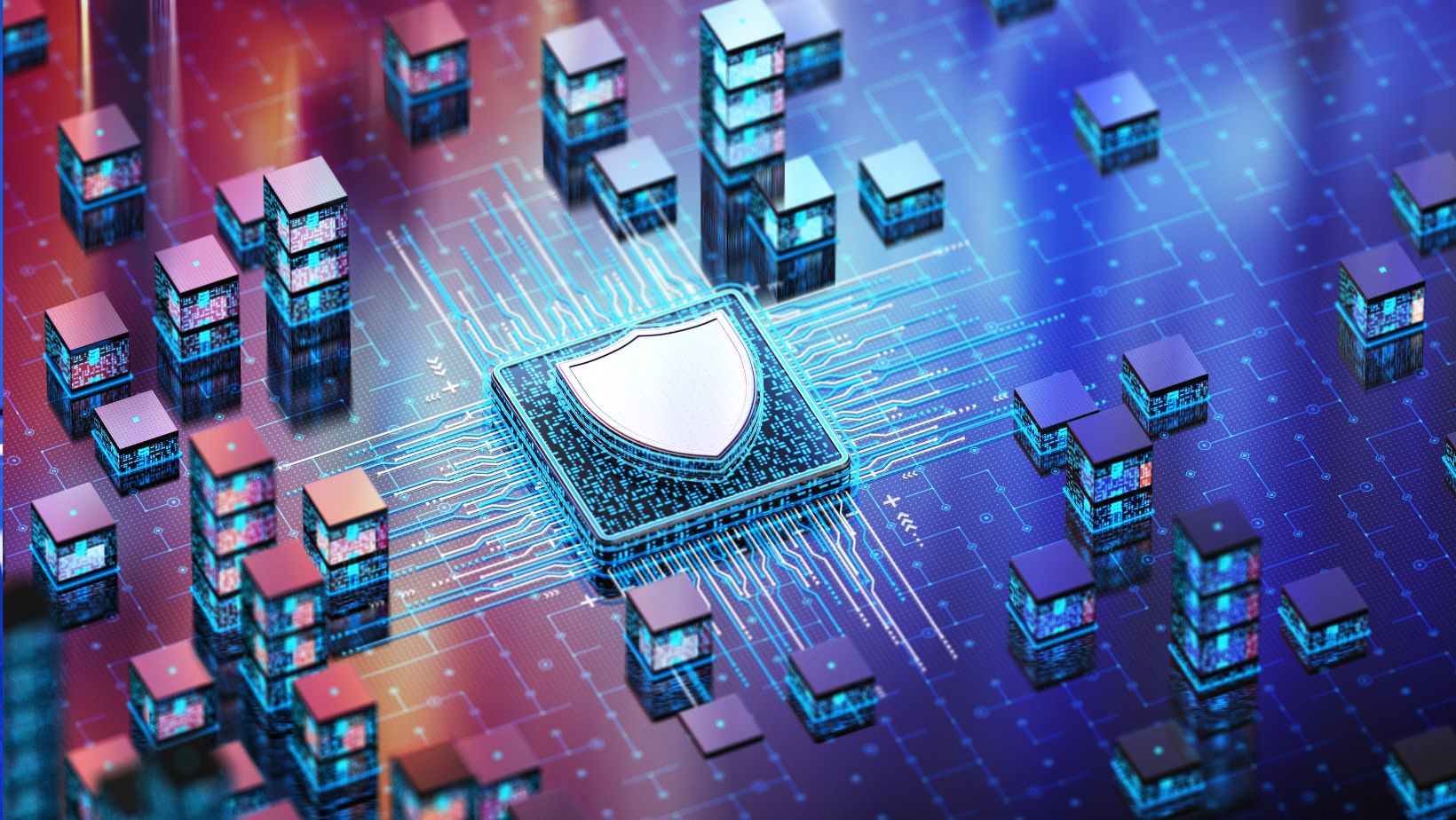In today’s interconnected digital landscape, medium-sized companies face an array of cybersecurity threats that were once the sole concern of large enterprises. These companies often manage sensitive customer data, intellectual property, and financial transactions, making them attractive targets for cybercriminals. The consequences of a data breach can be catastrophic, including financial losses, reputational damage, and legal repercussions. Unlike larger organizations, medium-sized businesses may lack the robust in-house security infrastructure to fend off sophisticated attacks, making it crucial to prioritize the right cybersecurity investments. This article explores the essential cybersecurity services that medium-sized companies should consider to safeguard their systems and operations while maintaining customer trust.
1. Managed Security Services
Medium-sized businesses often lack the resources to maintain a full in-house cybersecurity team. Managed Security Service Providers (MSSPs) offer an effective solution by providing comprehensive, outsourced security expertise and tailored cybersecurity strategies that suit each company’s needs. MSSPs continuously monitor your network for potential threats, detect vulnerabilities, and respond to incidents in real time. Their services typically include:
- 24/7 monitoring: Ensuring that threats are detected and mitigated promptly, even outside of business hours.
- Vulnerability management: Regularly scanning your systems to identify and address weaknesses before attackers exploit them.
- Incident response: Rapidly contain and resolve security incidents to minimize damage and downtime. By leveraging MSSPs, medium businesses can access enterprise-level security without the high costs of building an in-house team.
2. Endpoint Protection
With the rise of remote work and the proliferation of devices accessing corporate networks, securing endpoints such as laptops, smartphones, and IoT devices is critical. Endpoint protection platforms (EPP) and endpoint detection and response (EDR) tools provide layered defense mechanisms to protect devices from threats like malware, ransomware, and zero-day attacks. Key features to consider include:
- Antivirus and anti-malware: Essential for detecting and removing malicious software.
- Device encryption: Ensuring that sensitive data remains secure, even if devices are lost or stolen.
- Behavioral analytics: Detecting unusual activity that could indicate a security breach. By deploying comprehensive endpoint protection, businesses can ensure that their remote workforce operates securely.
3. Firewall and Intrusion Prevention Systems (IPS)
Firewalls and Intrusion Prevention Systems form the backbone of network security. They act as the first line of defense against unauthorized access and cyberattacks. Next-generation firewalls (NGFWs) and advanced IPS solutions offer:

- Deep packet inspection: Analyzing data packets to identify and block malicious content.
- Application awareness: Monitoring application behavior to detect and prevent misuse.
- Threat intelligence integration: Using real-time threat data to adapt to emerging risks. Investing in modern firewalls and IPS can significantly reduce the risk of cyber intrusions and protect critical business operations.
4. Penetration Testing and Vulnerability Assessments
Investing in penetration testing as a service helps companies by proactively identifying weaknesses in their security defenses. This service is critical to staying ahead of cybercriminals. Penetration testing and vulnerability assessments simulate real-world attacks and provide actionable insights. Key benefits include:
- Risk identification: Highlighting vulnerabilities that could be exploited by attackers.
- Actionable recommendations: Pen testing provides clear steps to address identified issues.
- Improved defenses: Strengthening your security posture by addressing gaps proactively. Regular assessments ensure that your security measures remain effective against evolving threats.
5. Security Awareness Training
Human error remains one of the leading causes of cybersecurity breaches. Regular security awareness training empowers employees to recognize and mitigate threats. Comprehensive training programs should cover:
- Phishing detection: Teaching employees how to spot and report suspicious emails.
- Safe browsing practices: Reducing the risk of accidental exposure to malicious websites.
- Password management: Encouraging the use of strong, unique passwords and multi-factor authentication (MFA). Ongoing education ensures that employees remain vigilant and contribute to the overall security posture of the organization.
6. Data Backup and Recovery Services
Ransomware attacks and hardware failures can disrupt operations and lead to data loss. Data backup and recovery services provide a safety net, allowing businesses to restore critical information quickly. Essential components include:
- Automated backups: Ensuring that data is regularly saved without manual intervention.
- Offsite or cloud-based storage: Protecting backups from onsite threats such as fire or theft.
- Rapid recovery capabilities: Minimizing downtime by restoring data efficiently. A well-designed backup strategy is crucial for business continuity and disaster recovery.
7. Identity and Access Management (IAM)
Controlling access to sensitive data and systems is a cornerstone of cybersecurity. Identity and Access Management IAM professional services help businesses enforce strict access controls. Features to prioritize include:
- Multi-factor authentication (MFA): Adding an extra layer of security beyond passwords.
- Single sign-on (SSO): Simplifying access for employees while enhancing security.
- Role-based access control (RBAC): Ensuring that users only have access to the data and systems necessary for their role. IAM solutions reduce the risk of unauthorized access and strengthen overall security.
8. Cloud Security Services
As businesses increasingly rely on cloud platforms, securing these environments is paramount. Cloud security services protect against data breaches, misconfigurations, and unauthorized access. Companies like Opus Interactive provide robust solutions to strengthen cloud security and maintain a safe, compliant infrastructure. Key features include:
- Cloud workload protection: Securing applications and data hosted in the cloud.
- Encryption: Protecting data both at rest and in transit.
- Continuous compliance monitoring: Ensuring adherence to industry regulations and best practices. By investing in cloud security, businesses can safely leverage the benefits of cloud computing.
9. Incident Response Services
Even the most robust defenses can be breached. Incident response services provide expert support to contain and resolve incidents quickly. Key components include:

- Forensic analysis: Identifying the root cause and scope of the breach.
- Containment and eradication: Stopping the attack and removing malicious elements from the network.
- Post-incident reporting: Documenting the incident and recommending improvements to prevent recurrence. A well-prepared incident response plan can minimize the impact of a breach and speed up recovery.
10. Regulatory Compliance Support
Compliance with industry regulations is both a legal requirement and a business necessity. Cybersecurity services that support regulatory compliance help businesses avoid fines and build trust with customers. Services may include:
- Regular audits: Ensuring that security measures meet regulatory standards.
- Compliance gap analysis: Identifying areas where your business falls short of requirements.
- Policy development: Creating documentation and procedures to demonstrate compliance. Investing in compliance services reduces legal risks and enhances your company’s reputation.
Conclusion
In an era where cyber threats are more pervasive and sophisticated than ever, medium-sized companies cannot afford to overlook cybersecurity. The right investments in managed services, advanced tools, employee training, and incident preparedness can make the difference between business continuity and catastrophic loss. Cybersecurity is not just a technical requirement; it is a strategic imperative that protects your company’s assets, reputation, and future growth. By adopting the essential services outlined in this article, business owners can proactively defend against threats and position their companies for sustained success in an increasingly digital world.



